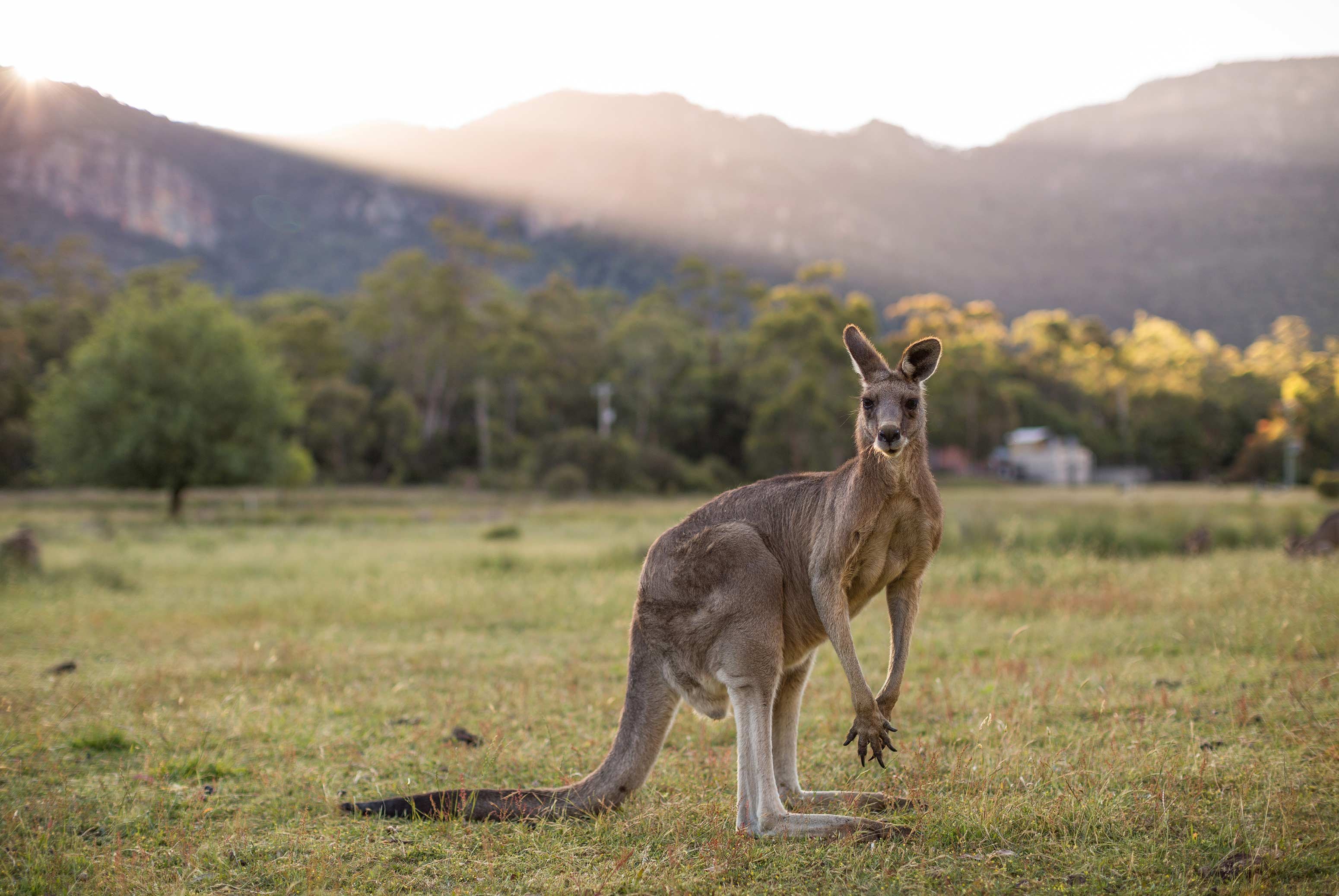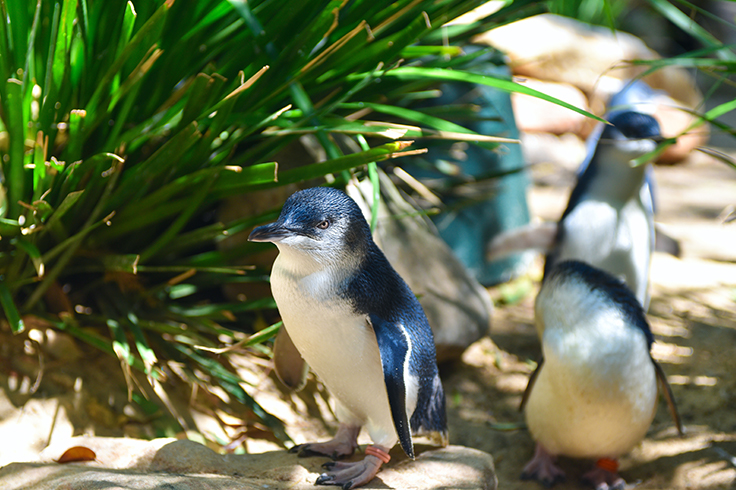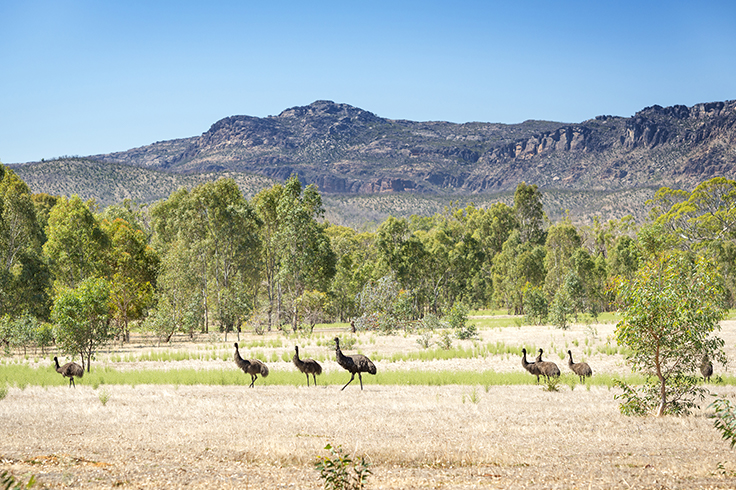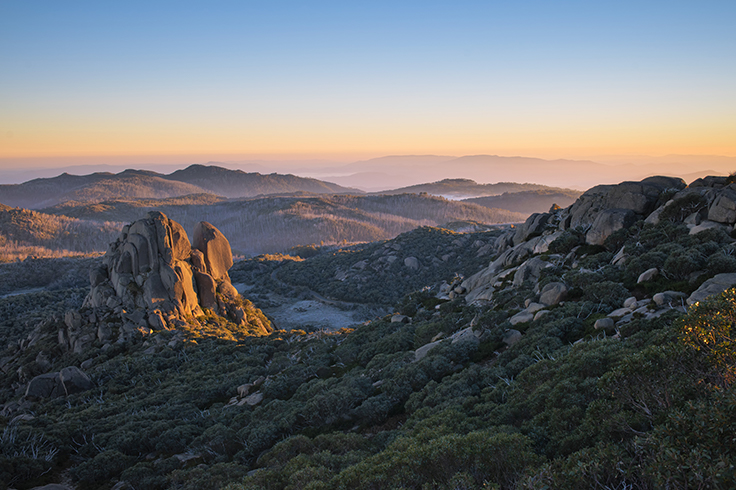victorias-best-wildlife-hotspots
Victoria may be pint-sized compared to other Australian states, but that doesn’t mean it’s lacking when it comes to native wildlife. In fact, like a kangaroo throws a kick that can crush a bone, Australia’s second-smallest state is deceptively weighty.
Drive to the coast to take in the critters that call this heavenly shoreline home. Or head inland to the high-altitude delights of the Alpine National Park. Wherever you go, spotting wildlife is as easy as finding smashed avo on toast in a Melbourne café.
While Melbourne itself has a few flora and fauna treats, Victoria’s wildlife is spread far and wide. So, it’s not just because we rent cars and campervans for your travels that we recommend you have wheels. It’s also because it’s the most practical way to tick off seeing those famed Australian creatures. (The cute ones, not the ones that give Australia a bad rap.)
To help you out (‘cos that’s kinda our jam), we’ve put together our favourite wildlife destinations across Victoria. Get ready for some Instagram double hearts as you post epic photos of kangaroos, koalas, penguins, and other unusual animals that call Australia home.
Otway Ranges
The Otway Ranges may not be one of Australia’s more iconic natural wonders. However, that doesn’t mean it’s not filled to the brim with spectacular flora and fauna. And not just on land: off the coast, it’s not unheard of to spot migrating whales. Yup, the Otways is a coastal national park boasting beaches, mountains, and a rainforest. It seems you can have your cake and eat it, after all!
The lush ferns, swaying trees, and ancient plant life come together to make the perfect sanctuary for a range of native creatures. Stay alert for new friends of the furry, fuzzy, or feathered kind as you explore this natural paradise. This includes kangaroos, wallabies, echidnas, and even Southern Right whales from May to October.
Looking up while exploring the Otways Ranges is recommended for koala spotting. At Cape Otway, your chances of sightings koalas are as good as hearing a high note in a Mariah Carey song. Kennett River is also a cool koala hangout and an easy add-on to a Lorne visit.
If you’ve the patience of a Sydney driver in a traffic jam, the hunt for the elusive platypus may not be for you. If, however, you’re happy to wait for one to pop up good-naturedly, then Lake Elizabeth is your best bet. Watch for bubbles on the surface.
One final spot to make time for in your Otway Ranges itinerary is an after-dark stop at Melba Gully. Here, giant trees and flapping ferns create a pathway to the glowworms that twinkle their light by night. It’s a magical end to your time in the Otways Ranges.
Phillip Island
Phillip Island, 140km southeast of Melbourne, is well known for its pygmy penguins. But, did you know there are a ton of other beautiful creatures to spot here, too? Plan your visit with the following in mind.
We’ll start with the little penguins as they draw interest for good reason. Also known as fairy penguins or blue penguins in neighbouring New Zealand, these are the world’s smallest penguins. Their diminutive size, blue/grey colouring, and nightly sunset waddle all contribute to traveller adding a stop to their itinerary. In fact, it’s a challenge for us to think of a Victoria visitor missing the opportunity to experience the cuteness overload of little penguins. Note, there is a fee to see the penguins; either choose a self-guided option or ranger-led excursions.
Little penguins are not the only marine attractions; seals fill up your camera roll, too. The Nobbies on Phillip Island is seal central, and it’s Australia’s largest fur seal colony. Walk the boardwalk to reach some of the 25,000 playful seals that call it home. Spectacular rugged coastline views are your bonus as you explore; as is the blowhole from the 12-metre deep sea cave.
Also on Phillip Island, the Rhyll Inlet is a great spot to view wading birds, like herons, cormorants, and spoonbills.
If you prefer your cute photos to feature furrier wildlife, a visit to the Koala Conservation Centre is in order. The centre’s breeding and bush conservation programmes have been solely responsible for saving Phillip Island’s koala colonies. The tree-top boardwalk gets you the best view of these sleepy marsupials as they go about their day.
Although an island, Phillip Island is driveable thanks to the San Remo bridge. Perfect for your JUCY road trip!
The Grampians
If emus are on your Aussie-bird bucket list, then the Grampians is the perfect roadie destination for you.
The Grampians, celebrated for its diverse landscape and plentiful birdlife, is a national park only three hours from Melbourne and five from Adelaide. Kinda perfect, huh? Amid the rugged sandstone mountains, gushing waterfalls, and vivid wildflowers, native animals are tucked away living their best life. And we know just where to find them.
Halls Gap is the gateway to the Grampians where there are considerably more kangaroos than residents. That’s not the village’s only claim to fame, of course. You can also make friends with wallabies, emus, bandicoots, and potoroos. If your time is limited, the Halls Gap Zoo is a one-stop-shop for the whole gamut of Aussie wildlife.
A whopping 400 bird species also call the Grampians home. Watch for the yellow-faced honeyeaters, mulga parrot, and the endangered red-tailed black cockatoo. If you crave bigger, better, more, take the 3-hour hike to Mud-Dadjug (Mount Abrupt). Here your rewards go beyond the scenery of the rock-slab summit as wedge-tailed eagles, peregrine falcons, and nankeen kestrels soar overhead.
Our fave way to experience the Grampians is by overnighting there for stargazing. Whether you choose to snooze in a campervan or glamp, the lack of light pollution brings the night sky to life. If you have a torch, you can take a night walk, though a guided walk with an expert will net you more fauna-spotting moments.
Wilsons Promontory National Park
We think this may be better than a night at your high school prom. The Prom (aka Wilsons Promontory) is a 50,000-hectare national park located in mainland Australia’s southernmost point.
Known for its beaches and rainforests, it’s the abundant wildlife that pulls a crowd. The park’s diverse vegetation, including the most southerly mangroves in the world, provides the perfect sanctuary for a range of native Australian animals and birds.
For the name alone, we recommend a trip to Squeaky Beach. We have been known to ponder if squeaking across the quartz sand beach is why kangaroos and wombats are attracted here? The Squeaky Beach Track is an enjoyable 50-minute trail.
For other wildlife-filled hikes, the 6-kilometre Lilly Pilly Gully Circuit passes through native bush, eucalypt trees, and temperate rainforest. And guess who likes hanging out here? Emus, wallabies, kangaroos, and a wombat or two, if you’re lucky!
Less about wildlife, more about mind-boggling views, a side trip to the summit of Mt Oberoi is a worthy detour. We think looking out to the islands dotting the distance is particularly rewarding. And if you’re keen on solace on your hikes, the northern part of Wilson Promontory National Park receives fewer visitors. If you make it here, check out the sand dunes at Big Drift - magical!.
The Prom is a 225km drive from Melbourne. With no public transport right into the park, you need to visit by rental car or on a guided tour. For a quirky-yet-arty stop, the murals at Korumburra are worth pulling over for.
Mt Buffalo National Park
When travelling through parts of Australia, it can be easy to forget that other climates exist. Particularly if you’re in the Red Centre, or travelling around Queensland’s Tropical North. Yet, on the border between Victoria and New South Wales, the Australian Alps offer a vastly different climate, scenery, and varied fauna.
Within the Alps lies Mt Buffalo, one of Australia’s oldest national parks. Woodlands, alpine meadows, waterfalls, and gorges reveal another side of the country.
Despite its name, there are no buffalo here (you’ll only find them in the Northern Territory). Instead, it is named due to that age-old trend of explorers comparing its shape to an animal. In this case, back in 1824, two explorers had a squint-and-you’ll-see-it moment and identified a buffalo.
Similar to a BOGO sale, when you explore the park, you get bonus flora and fauna experiences. During your lower level explorations, watch for wombats and possums scurrying, or kangaroos and wallabies hopping across the trail.
If there were a beautiful bird competition across Australia, the avian species at Mt Buffalo would definitely qualify. Peregrine falcons, wedge-tailed eagles, the superb lyrebird, and gang-gang cockatoos are all stunning. For us, though the striking crimson rosella would be our pick to take out the ‘top bird model’ crown.
As Mt Buffalo has an alpine climate, it has two seasons to consider when visiting: green and white. The park is accessible year-round, but consider your own gear and interests before picking your time to visit. It’s also worth checking in with Parks Victoria as bush fire warnings, and snow activity may hamper your efforts to visit.
As with any area that’s praised for its natural habitat, in Victoria stick to the marked paths. We also encourage you to pack out what you bring in and drive slowly as animals may be crossing the roads unexpectedly.
Are you ready for your Melbourne and Victoria road trip?
Book your JUCY wheels now



